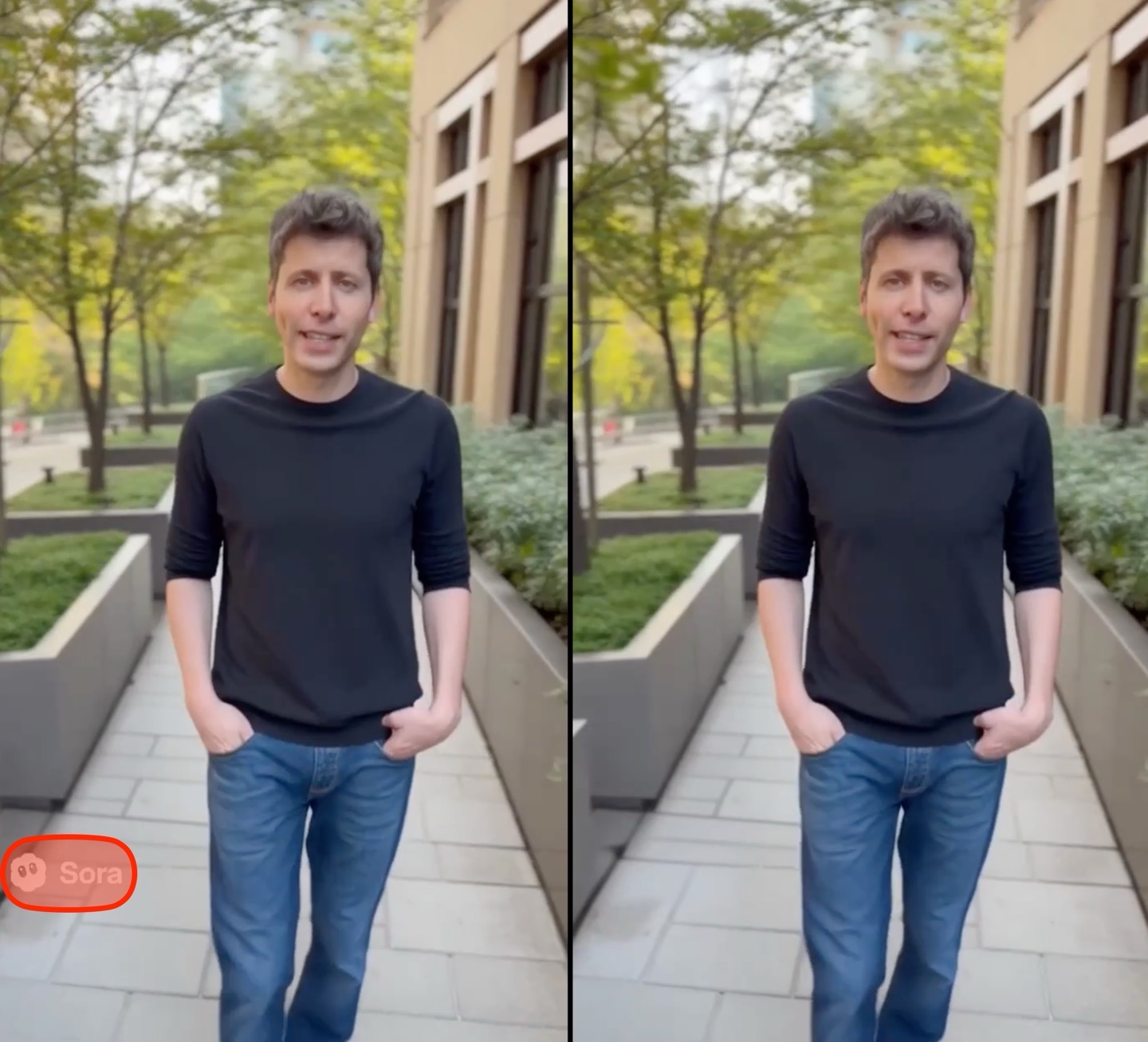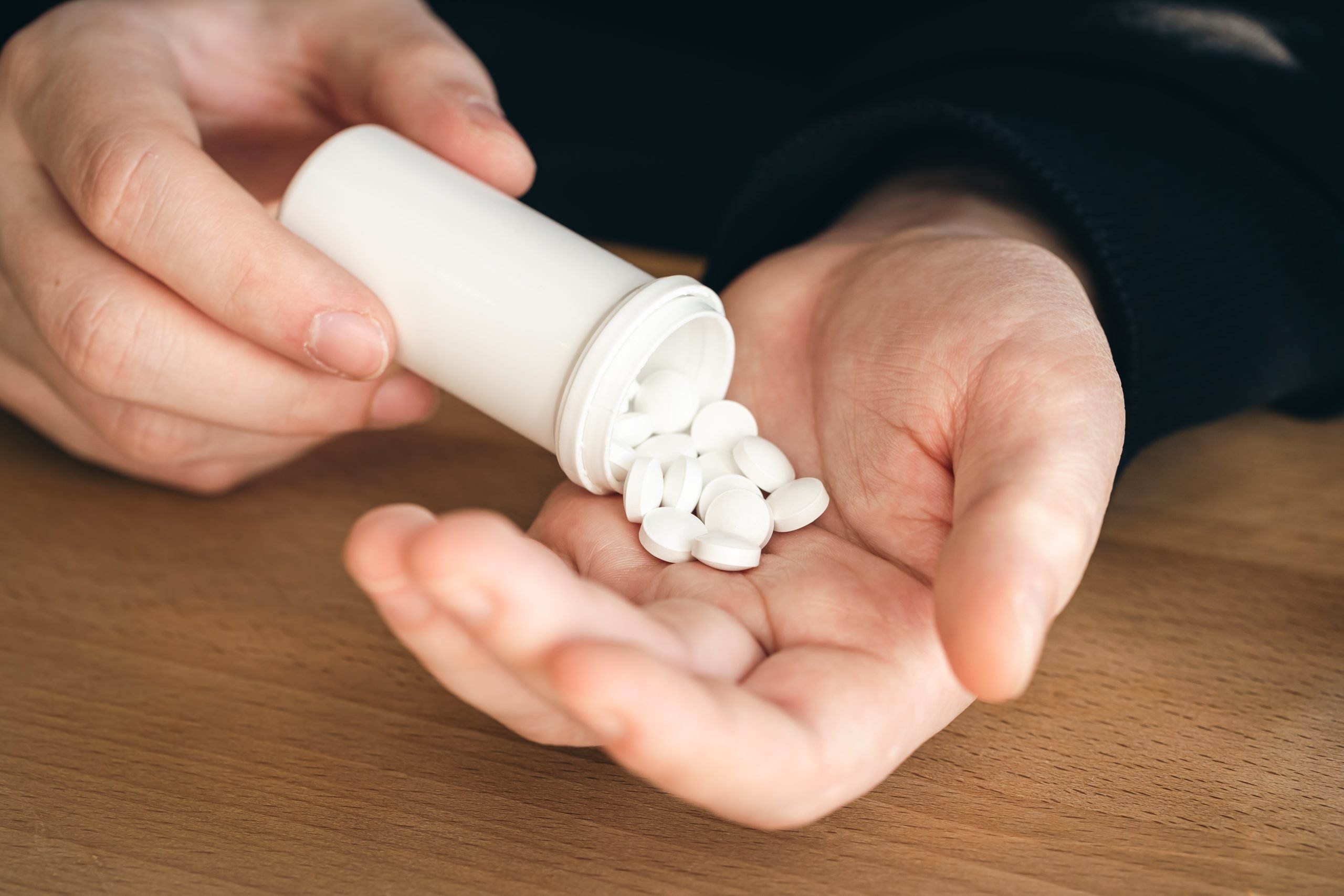A study conducted at the University of Tennessee gives clues about how the microorganisms living inside us continue to exist even after we die. The research was published in Ecological Process. A part of you can bravely survive for weeks, even years, after your death. So how is this possible?
To begin to answer this question, we first need to understand how our bodies are formed.
human common property
Not all of the cells in our body are human. In reality, we consist of trillions of microorganisms such as bacteria, viruses and fungi.. All of them live amicably with us, contributing to the processes of digestion, immunity and even vitamin production.
But when the apartment building collapses, they do not collapse and die; on the contrary, they adapt and help our bodies decompose. At least a part of you will survive forever.
necrobiome
The team of researchers from Tennessee studied how these microscopic creatures behaved after we were gone.
The process begins with the death of our cells and, due to lack of oxygen, triggers various processes, including autolysis, which is the process of cell death due to the action of enzymes produced by the cell itself. This creates excellent food for anaerobic bacteria, which do not need available oxygen to survive.
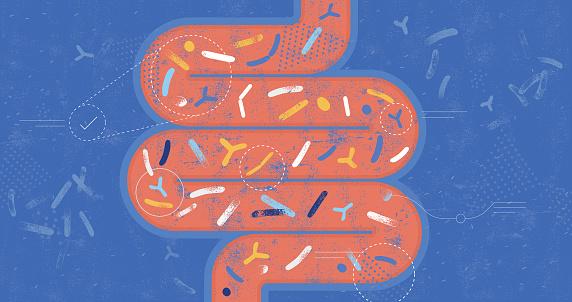
With plenty of food and without preventing the immune system from stopping the reproduction of these microorganisms, the colony grows and helps the process of recycling its former state. This entire process produces the necrobiome, which are the organisms present in the decomposition of humans after their death..
Why should we study the necrobiome?
In grave samples, researchers found several microorganisms that carry traces of the host’s DNA in the soil beneath the burial container, above the graves and on the ground surface.
According to them, these beings can remain there for months or even years after the body has decomposed.
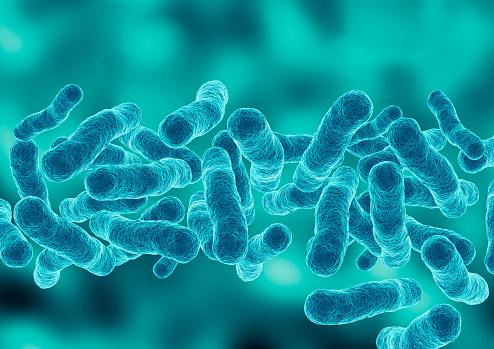
However, our microorganisms are not isolated. They are in direct contact and exchange with the life that already exists in that environment. Therefore, it is important to understand how these changes occur and whether there is a risk of contamination or possible transmission to new hosts.
new life again
The research team also discovered that this entire process serves as a form of recycling.
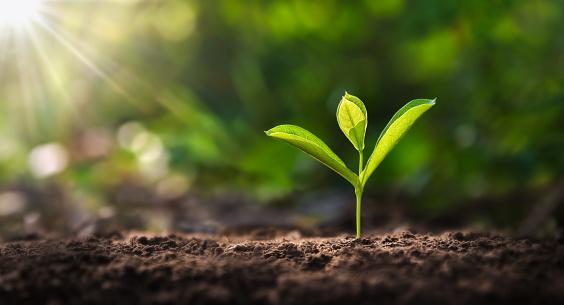
It turns out that our bacteria are very effective at improving the nitrogen cycle in the soil and extending the life of nearby plants. Therefore, for researchers It’s a way to continue existing even after saying goodbye.
Want to learn more about the microscopic life that lives inside you? Therefore, take the opportunity to learn about the discovery of a new cellular mechanism that may cause cancer. Stay tuned to TecMundo!
Source: Tec Mundo
I’m Blaine Morgan, an experienced journalist and writer with over 8 years of experience in the tech industry. My expertise lies in writing about technology news and trends, covering everything from cutting-edge gadgets to emerging software developments. I’ve written for several leading publications including Gadget Onus where I am an author.

